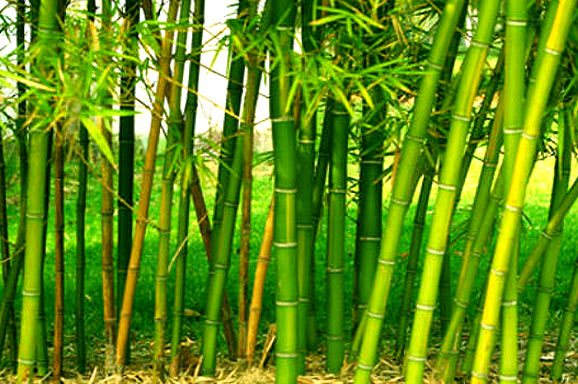Table of Contents
Bamboo Farming in India
Introduction:
Bamboo, often referred to as ‘green gold’ has been an integral part of Indian culture, tradition, and rural livelihood for centuries. With its remarkable growth rate, versatility, and numerous uses, bamboo farming in India has emerged as a sustainable and profitable venture, contributing to the nation’s social-economic development and environmental conservation.
Climate and Soil Requirements:
India has a diverse climate that supports the growth of various bamboo species, with over 130 indigenous species identified. Bamboo thrives in a wide range of climatic conditions, from the tropical regions of Kerala to the temperate regions of the Himalayas. While bamboo can grow in different soil types, well-draining soil with a pH of 5.0 to 6.5 is ideal for optimal growth.
Cultivation and Management:
Bamboo farming begins with selecting the appropriate species for the local climate, soil conditions, and intended use. Popular bamboo species for farming in India include Bambusa Balcooa, Bambusa nutans, Dendrocalamus strictus, and Bambusa bambos. The planting material, usually bamboo saplings, rhizomes, or culm cuttings, should be sourced from a reputable nursery or supplier. Planting is typically done during the monsoon season when soil moisture is adequate. Adequate spacing between plants, ranging from 5×5 meters to 10×10 meters depending on the species, is crucial to prevent overcrowding and ensure proper growth. Proper bamboo farm management includes regular watering, fertilization, and pest control. Organic mulching and the use of organic fertilizers, such as compost or farmyard manure, can enhance soil fertility and improve overall plant health.
Harvesting and Post-Harvest Management:
Bamboo calms reach maturity and are ready for harvest in 3-5 years, depending on the species. Selective harvesting of mature culms ensures the sustainability of the bamboo grove and promotes regrowth. Bamboo is usually harvested during the dry season to minimize the risk of pest infestation and decay. Post-harvest treatment, including air-drying, curing, or chemical treatment, is essential to enhance the durability and longevity of the harvested bamboo.
Market Potential and Uses:
Bamboo farming in India holds immense market potential due to its diverse applications, including construction, furniture, handicrafts, paper and pulp, textiles, and bio energy. The Indian government’s National Bamboo Mission (NBM) aims to promote bamboo cultivation, processing, and marketing to boost the rural economy and create employment opportunities.
Challenges and Opportunities:
Bamboo farming in India faces several challenges, such as inadequate planting material, lack of technical knowledge, and limited access to credit and marketing facilities. Addressing these challenges through research, capacity building, and policy interventions can unlock the full potential of bamboo farming in India.
Conclusion:
Bamboo farming in India offers a sustainable and profitable alternative to traditional agriculture, with numerous social-economic and environmental benefits. Embracing modern cultivation techniques, sustainable management practices, and value-added processing can transform India’s bamboo sector, contributing to rural development and a greener future.
Read more: Bamboo Farming: बंपर होगी कमाई, खेत के किनारे-किनारे करें ये खेती, हो जाएंगे मालामाल
Read more: Steps of Bamboo Cultivation
For more details visit our website: www.bambooramagro.com





